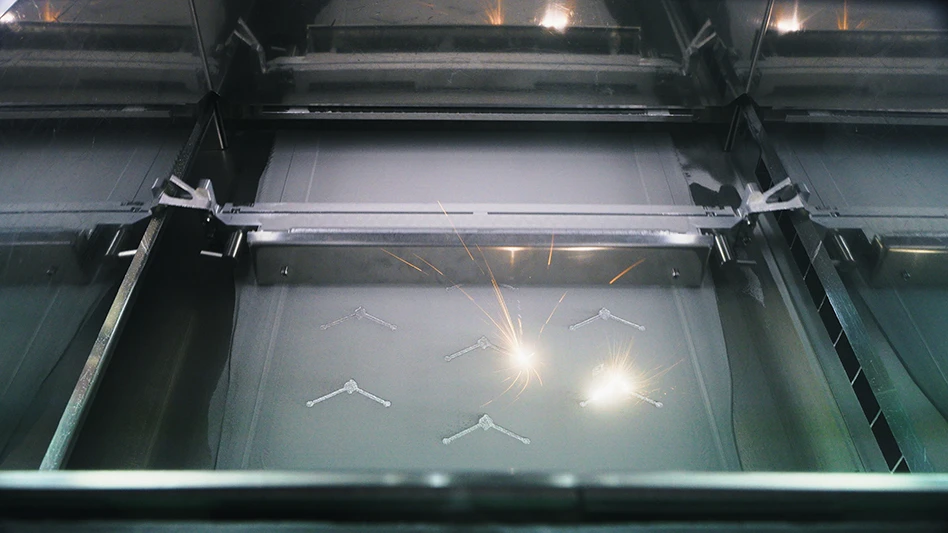Until now, when medical intervention such as physical therapy, exercise and pain medication failed, the traditional treatment has bee spinal fusion surgery in which two or more adjacent vertebrae are fused together. So common is the treatment that more than 200,000 fusing surgeries are performed each year in the U.S. to ease lower back pain.
Now the FDA has approved the implantation of artificial discs, manufactured by DePuy Spine to replace diseased discs. The procedure has been available outside the U.S. since 1987 and has been performed on more than 7500 patients. Although artificial replacements have commonly been used as implants for knees and hips, this is the first FDA 18Today's Medical Developments July/August 2005approval for use as spinal discs.
The disc is made of metal and has a high-density plastic center that when implanted helps align the spine and maintain its ability to move. Patients can bend and twist. With traditional spinal fusion, the result is a limitation of motion. Re

Explore the July 2005 Issue
Check out more from this issue and find your next story to read.
Latest from Today's Medical Developments
- HERMES AWARD 2025 – Jury nominates three tech innovations
- Vision Engineering’s EVO Cam HALO
- How to Reduce First Article Inspection Creation Time by 70% to 90% with DISCUS Software
- FANUC America launches new robot tutorial website for all
- Murata Machinery USA’s MT1065EX twin-spindle, CNC turning center
- #40 - Lunch & Learn with Fagor Automation
- Kistler offers service for piezoelectric force sensors and measuring chains
- Creaform’s Pro version of Scan-to-CAD Application Module





